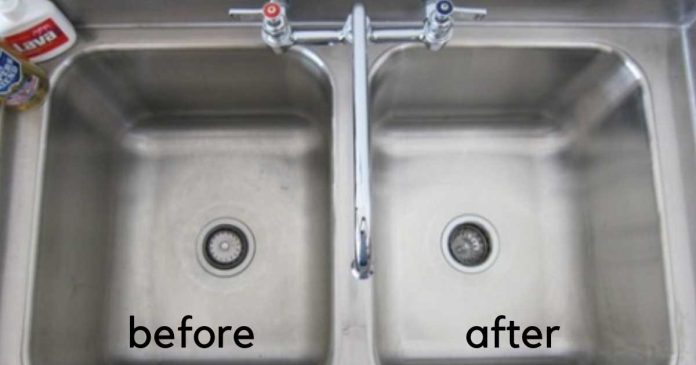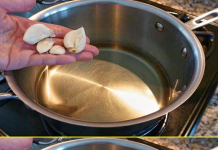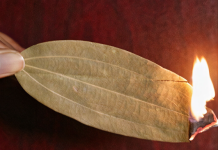In today’s modern kitchens, stainless steel sinks have become the norm (unless, of course, you’re one of the fortunate few with a beautiful porcelain farmhouse sink, in which case envy might be in order!). Over time, stainless steel sinks can accumulate unsightly hard water stains and stubborn grime. When your sink reaches this point, an unexpected solution comes to the rescue – flour.

Flour, you might wonder? Indeed, it’s a remarkably effective way to restore your stainless steel sink to its original radiant glory. To begin, wash the entire sink thoroughly with hot, soapy water or your preferred sink cleaner. Rinse it with water and ensure it’s impeccably dry – a crucial step to avoid ending up with a sticky, flour-like residue.

Why Flour is Your Secret Weapon for a Sparkling Sink
Are you someone who revels in the satisfaction of gazing at a spotlessly clean space once your cleaning ritual is complete? If so, you’re not alone. For many, cleaning isn’t just a chore; it’s a source of contentment, providing a sense of order and tranquility.
The secret to achieving that gratifying before-and-after transformation lies in the art of grout cleaning. But here’s a simpler way to satiate that same desire for a pristine environment – a flour rubdown for your stainless steel sink.
A clean sink is one thing, but a brilliantly shiny sink is quite another. Back in my early days of housekeeping, I was introduced to the concept of a “shiny sink” by the renowned “Flylady.” For her and her followers, a gleaming sink serves as a catalyst for a cleaner, more organized life. It wraps up the day with a feeling of accomplishment and greets you the next morning with its gleam, symbolizing the promise of a new day.
Reviving the reflective surface of a stainless steel sink that might have been forgotten is as simple as using flour as your secret weapon. This technique isn’t limited to sinks; it works wonders on any stainless steel surface. However, take care as the flour can get lodged in crevices. Here’s the step-by-step process:
- Start by washing all the dishes.
- Clear any debris from the sink.
- Disinfect the sink (a reliable disinfectant spray works well).
- Use a non-abrasive cleaner; a personal favorite is bon Ami, paired with a gentle sponge.
- Thoroughly dry the sink with a cloth or paper towel.
- Sprinkle about 1/4 cup of flour into the sink and buff it in a circular motion until the surface shines.
- Wipe off any excess flour.
As for how often you should pamper your stainless steel sink, if you’ve been postponing it due to the perceived hassle, here’s a clever hack. According to The Kitchn, a prominent cooking website, you don’t need to make a special trip to the hardware store for cleaning supplies; just raid your pantry. They assert that the best way to polish stainless steel sinks is with good old-fashioned white flour. This technique effectively draws out lingering grime from the micro-etchings on the stainless steel, leaving it gleaming and free from tarnish.
Moreover, this flour-based method is not limited to sinks; it can breathe new life into other stainless steel items in your home, such as stoves, refrigerators, and teapots. So, the next time you’re in pursuit of a dazzling, spotless stainless steel surface, remember the unassuming power of flour.
picture credit : Stain Removal 101 , The Pioneer Woman , The Kitchn










